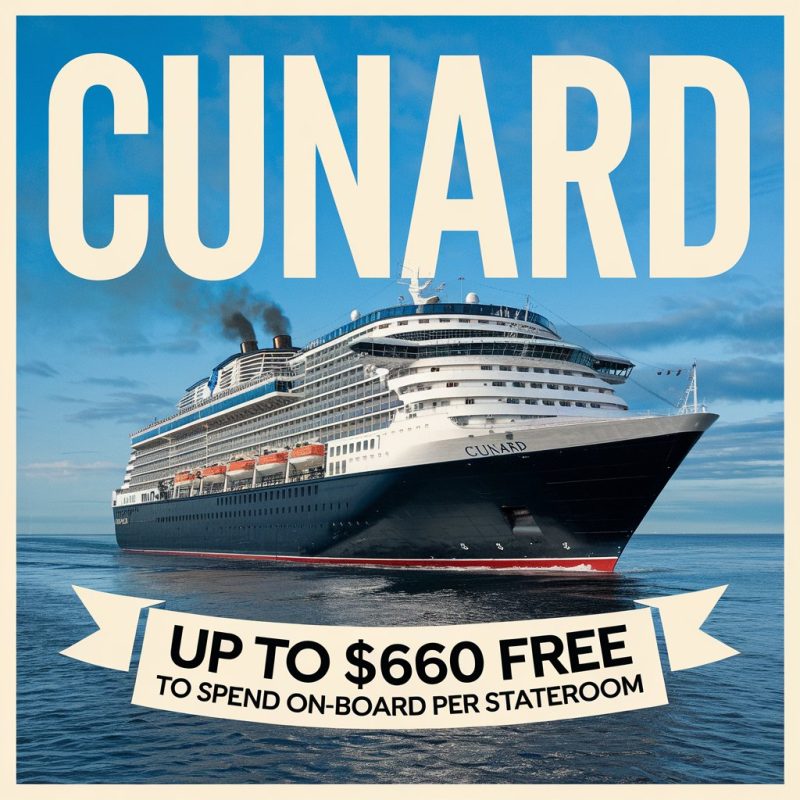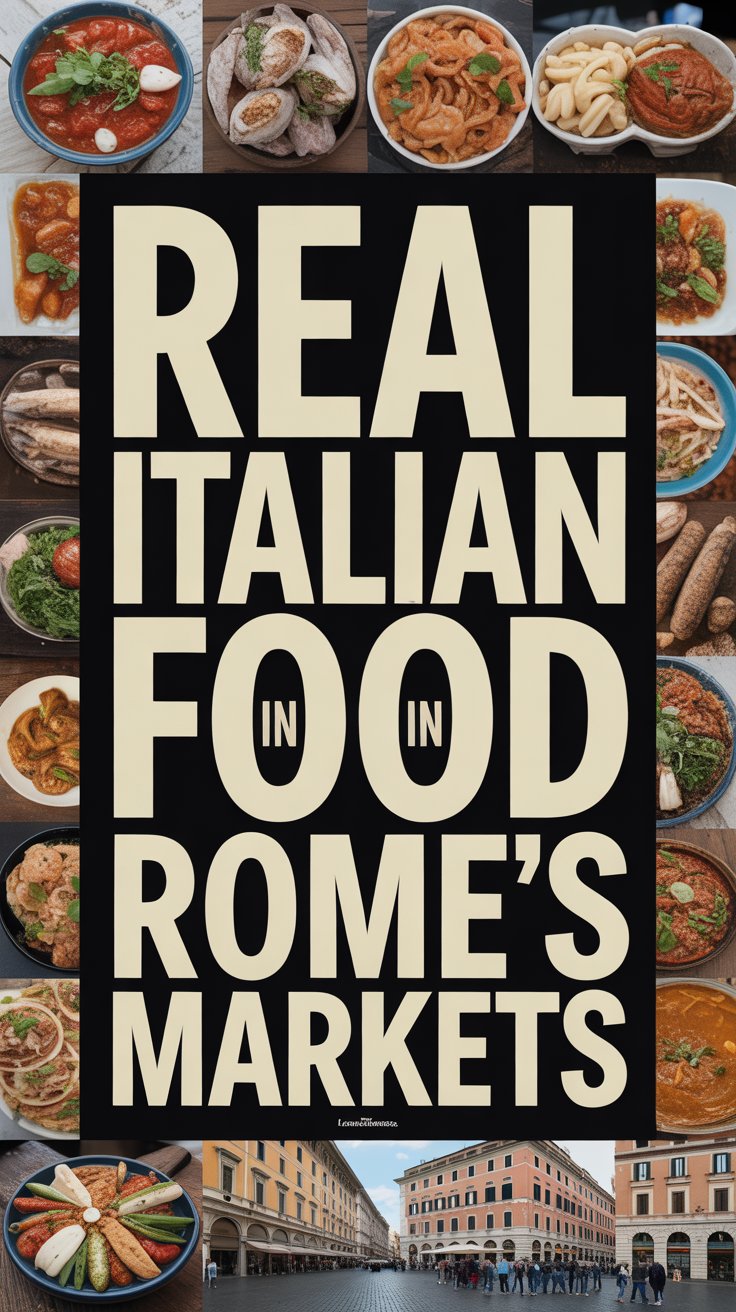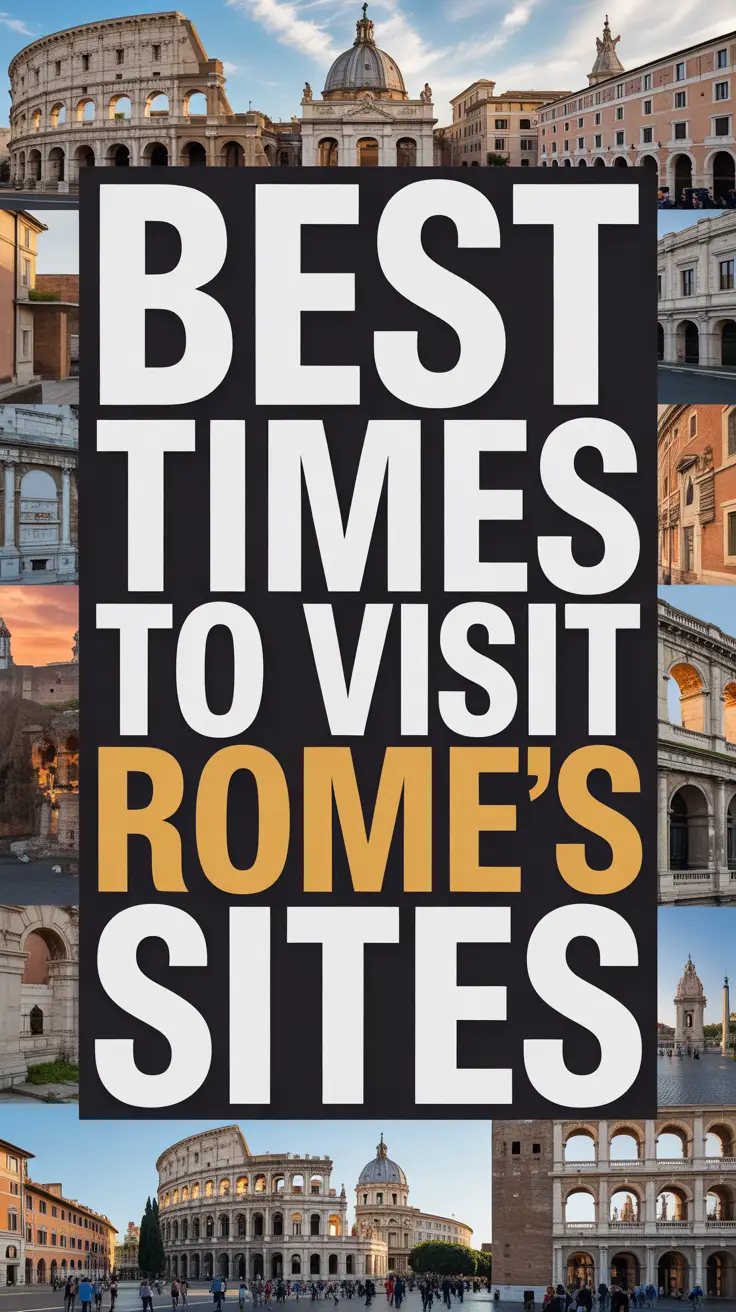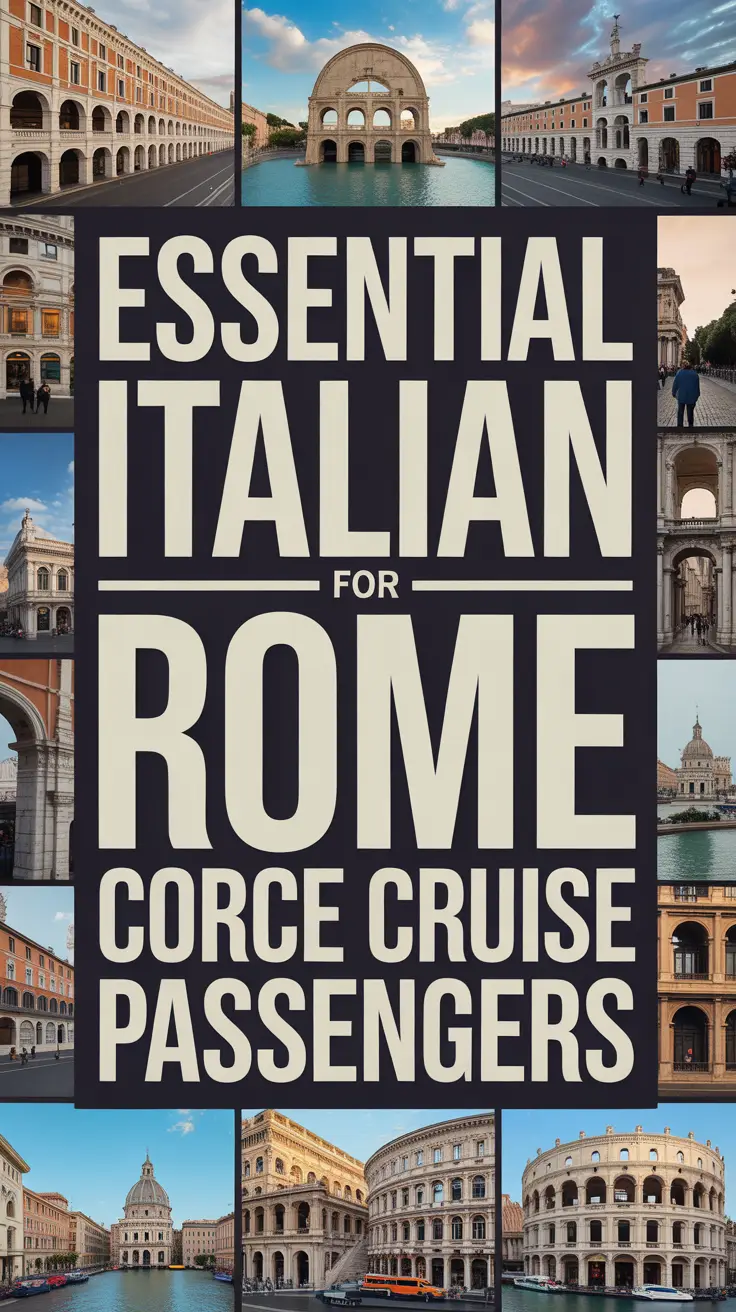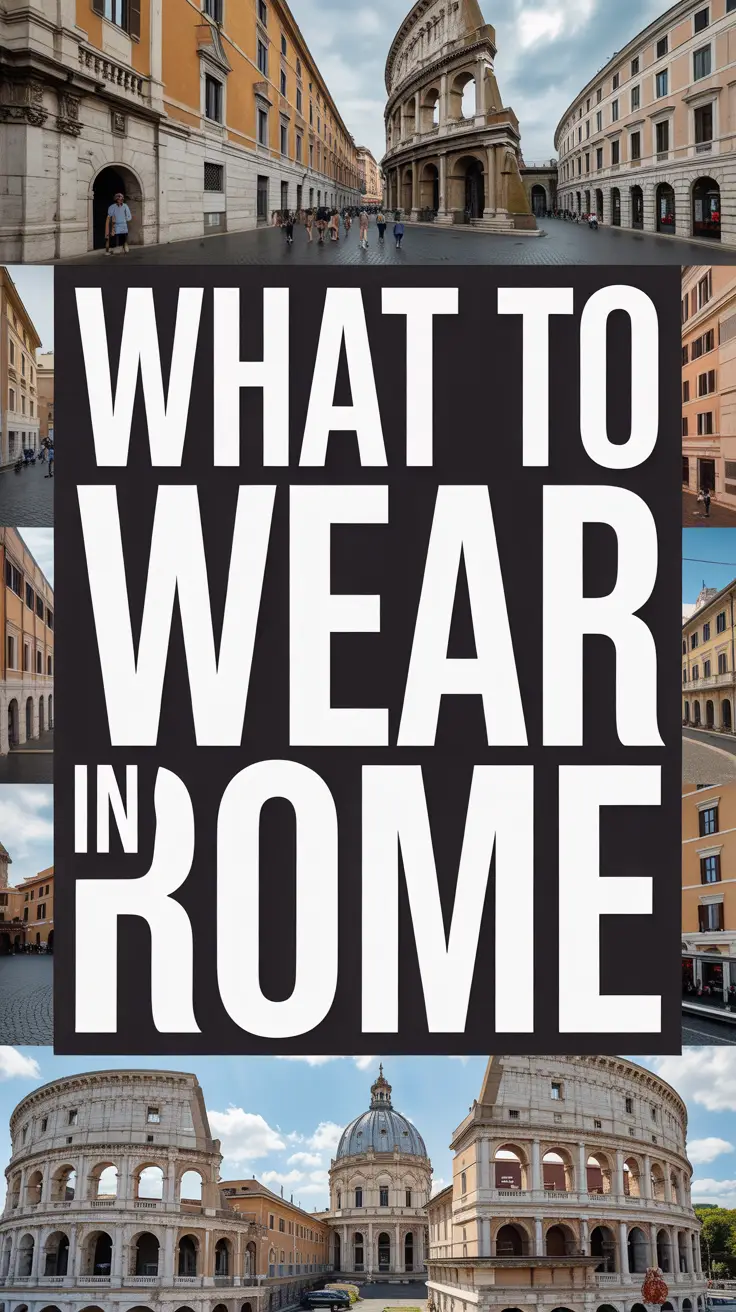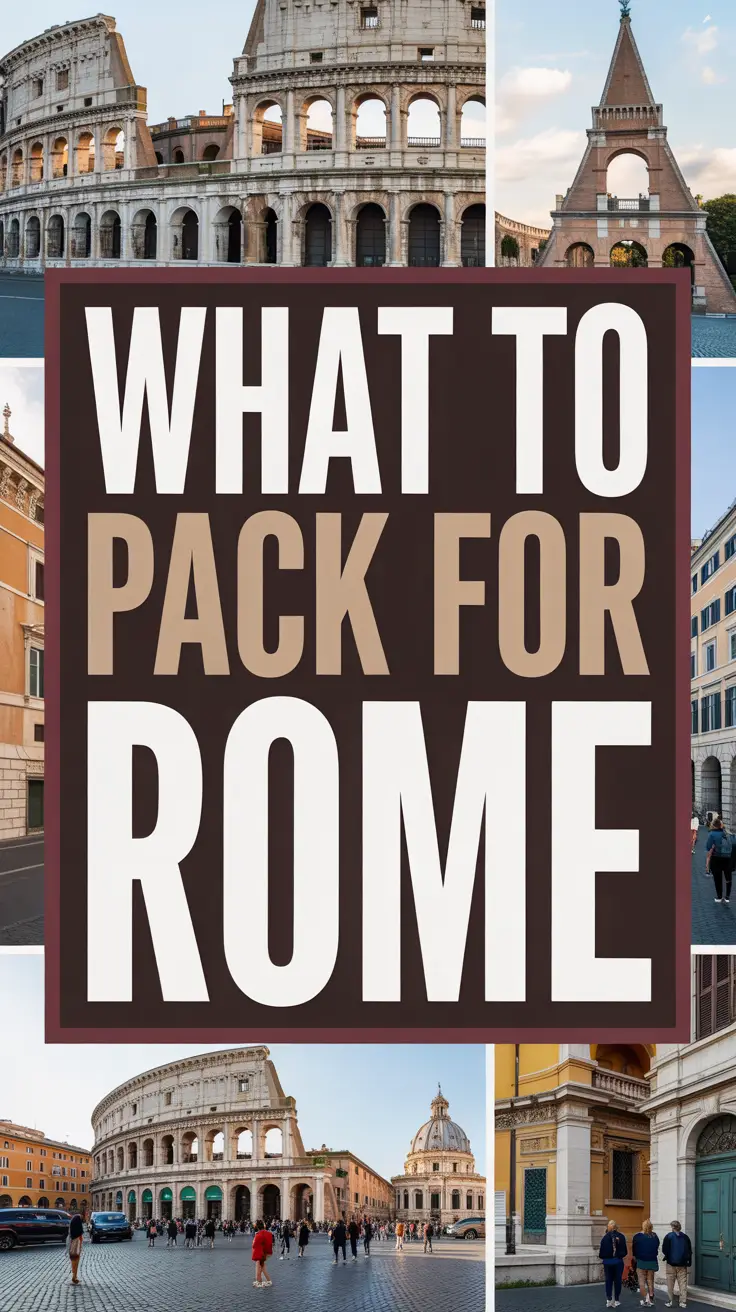Where to Find Real Italian Food in Rome’s Markets
After sailing into Civitavecchia countless times over my decades as a cruise enthusiast, I’ve learned that the biggest mistake passengers make is thinking Rome’s tourist traps serve authentic Italian food. The real culinary treasures hide in the city’s bustling markets, where locals have shopped for generations and where your taste buds will thank you for venturing beyond the cruise ship buffet.
The Holy Trinity of Roman Markets
Rome’s food markets aren’t just shopping destinations – they’re living museums of Italian culinary culture. Each market has its own personality, and knowing which one to visit can make or break your shore excursion dining experience.
Campo de’ Fiori: The Tourist-Friendly Gateway
Campo de’ Fiori might be the most famous, but don’t let that fool you into thinking it’s all show. The morning market transforms this historic square into a sensory overload of colors, aromas, and flavors. Here’s what seasoned cruise passengers know:
- Arrive before 10 AM when vendors are still setting up and prices haven’t inflated for the tourist rush
- Head straight to the northwest corner where Claudio sells the city’s best sun-dried tomatoes
- Skip the obvious souvenir pasta and grab fresh herbs that actually grow in Italian soil
- The flower vendors double as informal restaurant guides – ask them where they eat lunch
Mercato Testaccio: The Locals’ Secret
Testaccio is where Rome’s grandmothers still shop, and that’s exactly why you should make the trek from the cruise port. This covered market, rebuilt recently but maintaining its authentic soul, offers an unfiltered glimpse into real Roman food culture.
“Cruise passengers who make it to Testaccio always leave with the biggest smiles,” says Marco Benedetti, Port of Civitavecchia’s Cultural Liaison Officer. “It’s not the easiest market to reach, but it’s where you’ll taste Rome as Romans do – not as tourists think they should.”
- Mordi e Vai serves Rome’s most authentic paninos – try the trippa (tripe) if you’re feeling adventurous
- Sergio Esposito’s cheese counter offers tastings that rival any wine tour
- The butchers here still break down whole animals – a dying art worth witnessing
- Prices are 30-40% lower than Campo de’ Fiori for identical products
Mercato Trionfale: The Foodie’s Paradise
Located near Vatican City, Trionfale caters to Rome’s most discerning home cooks. This market rewards the curious with products you won’t find anywhere else in the city.
What to Buy (And What to Skip)
Not everything in Roman markets deserves space in your cruise cabin refrigerator. Here’s your insider’s guide to smart shopping:
| Must-Buy Items | Why They’re Special | Skip These | Why to Avoid |
|---|---|---|---|
| Pecorino Romano (aged 18+ months) | Protected designation, impossible to replicate elsewhere | Pre-packaged pasta | Often lower quality than what you’d find at home |
| Guanciale | Essential for authentic carbonara, rarely found outside Italy | Tourist-labeled olive oil | Marked up 300% and likely not from the region claimed |
| San Marzano tomatoes (DOP certified) | The gold standard for Italian cooking | Souvenir wine | Quality varies wildly, better to buy from dedicated wine shops |
| Sicilian pistachios | Distinctly different flavor profile from other varieties | Mass-produced balsamic | Real aged balsamic costs €100+ per bottle |
Market Etiquette That Matters
Roman markets operate on unwritten rules that can make the difference between being welcomed as a guest or tolerated as a tourist:
- Never touch produce unless invited – vendors take pride in selecting items for you
- Bring small bills; many vendors don’t carry change for large denominations
- Learn basic Italian numbers; showing effort earns you better service and often better prices
- Don’t haggle aggressively – gentle negotiation is acceptable, but respect the vendor’s expertise
- Buy something if you taste something; sampling isn’t a free entertainment
Transportation From Your Cruise Ship
Getting from Civitavecchia port to Rome’s markets requires strategy, especially with limited shore time:
- Take the train to Roma Termini, then metro to your chosen market – total journey 90 minutes
- Book a cruise line excursion that includes market time (limited options but stress-free)
- Share a taxi with fellow passengers; split four ways, it’s often cheaper than individual train tickets
- Consider hiring a local guide who doubles as translator and cultural interpreter
Bonus Tips That Cruise Guides Won’t Tell You
These insider secrets come from years of watching cruise passengers navigate Roman markets:
- Markets close for lunch (typically 1-4 PM) – plan accordingly or you’ll find shuttered stalls
- Bring a cooler bag; many cruise ships’ mini-fridges can’t maintain proper temperature for delicate items
- Thursday mornings offer the freshest selection as vendors restock for weekend shoppers
- Download Google Translate’s camera function to decipher labels and signs
- Wear comfortable shoes with good grip – market floors can be slippery from cleaning and spilled liquids
- Keep your cruise ship departure time visible on your phone; it’s easy to lose track of time when you’re having fun
The Dark Side of Market Shopping
Roman markets aren’t without challenges, and experienced cruise travelers know what to expect:
- Crowds can be overwhelming during peak tourist season
- Language barriers sometimes lead to miscommunication about prices
- Some vendors specifically target obvious tourists with inflated prices
- Pickpockets work the busy markets – keep valuables secure
- Not all “local” vendors are actually local; some sell imported goods at premium prices
Common Questions
Can I bring meat and cheese back to my cruise ship?
Absolutely, and most cruise ship kitchens will even help you incorporate your purchases into meals if you ask nicely. Just ensure proper refrigeration during transport.
Do Roman market vendors speak English?
Basic English is common in Campo de’ Fiori, less so in Testaccio and Trionfale. However, food is a universal language, and vendors are remarkably skilled at communicating through gestures and samples.
What’s the best way to carry purchases back to the ship?
Bring a wheeled shopping bag or small suitcase. Roman streets have uneven cobblestones that make standard shopping bags impractical for the journey back to Civitavecchia.
Are there vegetarian options in Roman markets?
Roman markets excel at vegetarian ingredients – fresh mozzarella di bufala, seasonal vegetables, herbs, and artisanal pasta offer endless possibilities for plant-based cooking enthusiasts.
Your Culinary Adventure Awaits
Rome’s markets offer something no cruise ship dining room can replicate – the authentic taste of a culture that has perfected the art of eating well for millennia. Every purchase becomes a story, every conversation with a vendor becomes a cultural exchange, and every bite becomes a memory that outlasts your tan. The real question isn’t whether you can afford to visit these markets during your shore excursion – it’s whether you can afford to miss them. After all, you can eat cruise ship food for seven days, but how often can you taste Rome the way Romans do?


